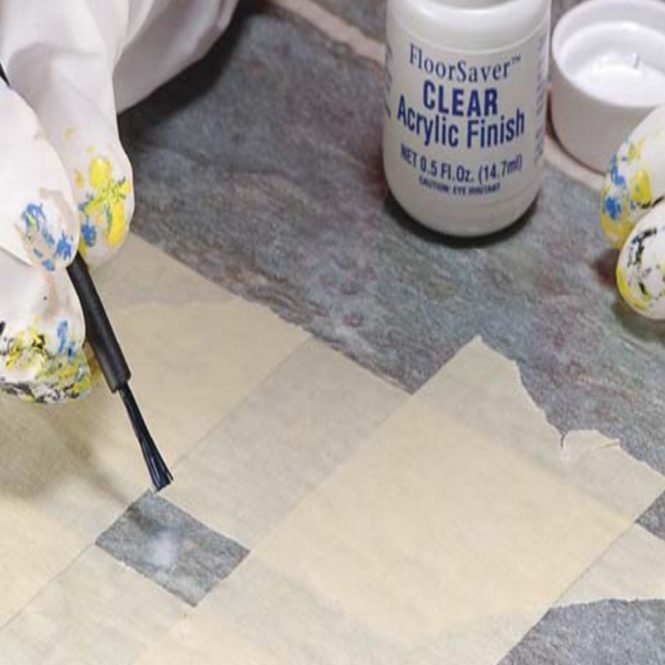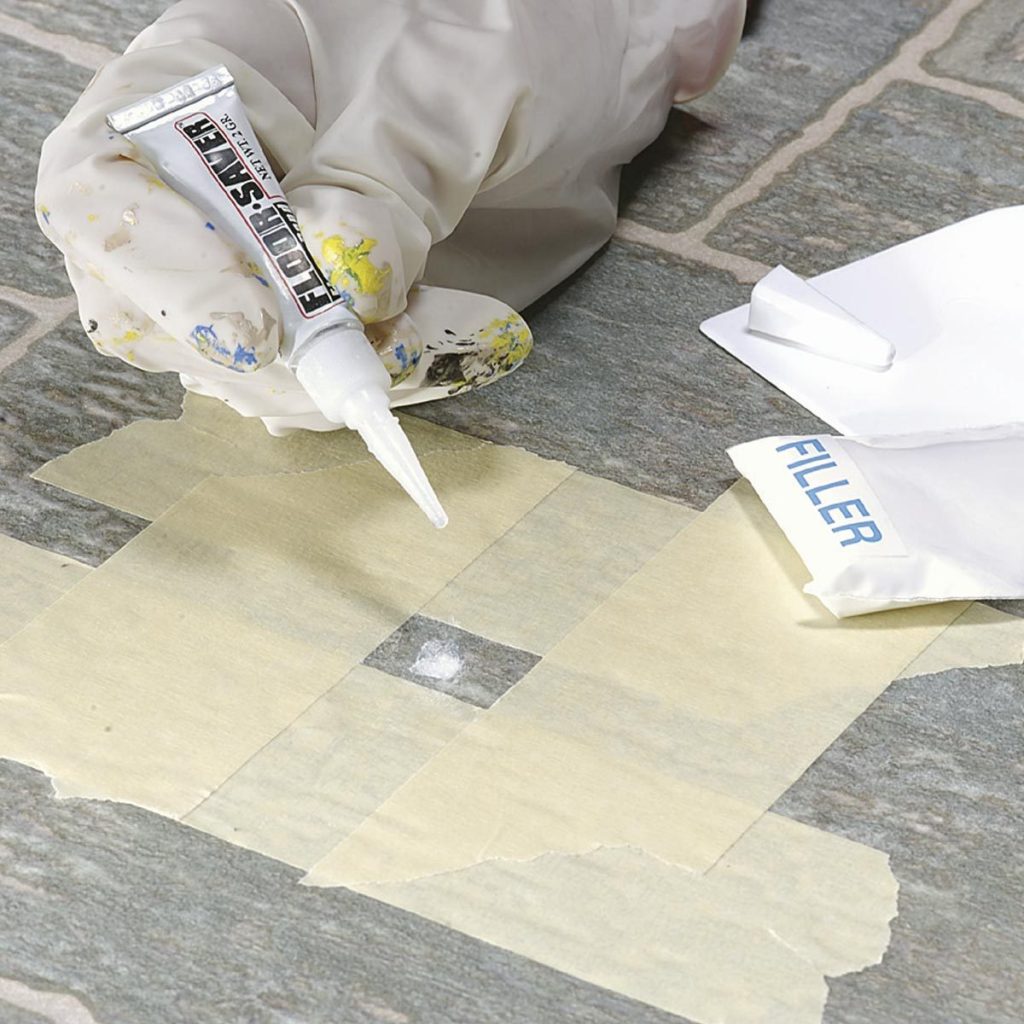

Repairing damaged vinyl flooring can seem daunting, but it’s often a surprisingly manageable task. This comprehensive guide will walk you through the process of repairing damaged vinyl flooring, from identifying the source of the problem to selecting the right materials and completing the repair. We’ll cover various types of damage, different repair methods, and crucial safety considerations. We’ll also address common pitfalls and provide cost estimations. This article is structured as follows: first, we’ll define the different types of vinyl flooring damage; next, we’ll explore the causes and potential solutions; and finally, we’ll summarize best practices for repairing and maintaining your vinyl flooring.
Identifying Types of Vinyl Flooring Damage
Scratches and Abrasions
Scratches and abrasions are among the most common types of damage to vinyl flooring. These can range from minor surface marks to deep gouges. The severity of the damage will determine the repair method. For minor scratches, a simple touch-up with a specialized vinyl floor repair kit might suffice. For deeper scratches, more intensive repair solutions might be required.
Chips and Cracks
Chips and cracks are another frequent concern. These often result from impact or pressure, and they can range from small chips to larger, more extensive cracks. In cases of small chips, applying a vinyl flooring repair compound is typically the solution. If the damage is significant, a complete replacement is necessary.
Staining and Discoloration
Vinyl flooring can also be affected by staining and discoloration. Stains can occur from spills, grease, or other substances. Many types of stains can be removed with appropriate cleaning solutions. However, persistent stains and deep discoloration require more targeted removal techniques to effectively repair them. Note that certain stains may require professional cleaning or replacement.
Understanding the Causes of Damage
Impact and Pressure
Accidental impacts, such as dropped objects or furniture movement, can cause significant damage to vinyl flooring. The extent of the damage depends on the force of the impact and the material involved. Heavy furniture movement is another contributor.
Improper Cleaning and Maintenance
Insufficient or improper maintenance practices can accelerate the wear and tear of vinyl flooring. Harsh chemicals or abrasive cleaning agents can damage the protective surface. Using appropriate cleaning agents is paramount for effective maintenance.
Age and Wear and Tear
Over time, even well-maintained vinyl flooring will show signs of wear and tear. The flooring’s life expectancy can vary widely based on the type of vinyl and the level of care it receives. This wear and tear can manifest in various forms and thus be difficult to repair.
Choosing the Right Repair Methods
Touch-Up Repair Kits
Touch-up kits are cost-effective solutions for minor scratches and surface imperfections. They typically involve a matching filler and a specialized applicator. Applying touch-up kits should be done meticulously to avoid unwanted inconsistencies or smudges.
Repair Compounds
For larger chips or cracks, specialized vinyl flooring repair compounds are more suitable. These compounds offer a more substantial repair solution. Repair compounds can be used to effectively fill in damage and blend in the repaired area.
Replacement
In cases of extensive damage, the only option might be a complete replacement. The cost of complete replacement can vary, depending on the area affected and the cost of materials. Determining if a partial or complete replacement is necessary is essential.
Safety Precautions During Repair
Protective Gear
Always wear appropriate protective gear, including gloves, safety glasses, and a dust mask, to prevent exposure to harmful chemicals or debris during the repair process. This is critical to avoiding any unwanted health issues during the repair project.
Ventilation
Ensure proper ventilation in the area where you are working. This will help to minimize exposure to fumes or dust that might emanate from the repair materials. Proper ventilation ensures that you can successfully perform the repair.
Environmental Considerations
Pay attention to the surrounding environment and ensure that you are working in a safe environment to prevent further complications.
Cost Considerations
Materials
The cost of repair materials can vary greatly depending on the type of damage and the chosen repair method. Touch-up kits are typically less expensive than repair compounds.
Labor
For more complex repairs, professional flooring contractors may be needed. Their labor costs should be factored into the overall repair cost.
Time
Repairing damaged vinyl flooring often requires a significant amount of time, which can be measured in hours. Proper planning and execution can reduce the time spent.
How do I determine if a repair is necessary or if replacement is the better option?
Determining whether a repair or replacement is best often involves considering the extent of the damage and your budget. If the damage is minor and localized, a repair might suffice. However, if the damage is widespread or the repair is likely to cost a significant amount of money, replacement might be a more cost-effective solution in the long run.
How do I choose the right repair materials?
The type of repair materials you choose depends on the type and extent of damage. For minor scratches, a touch-up kit may be sufficient. Larger chips or cracks might require a repair compound that matches the flooring’s color and texture. Always check the manufacturer’s recommendations for the appropriate products for your specific type of vinyl flooring.
Frequently Asked Questions
What are the most common causes of vinyl flooring damage?
Common causes of vinyl flooring damage include impact damage from dropped objects, improper cleaning or maintenance, or simply the wear and tear of time. Excessive moisture exposure is also a contributor to damage. Understanding these causes can help you prevent further damage and create a lasting investment.
In conclusion, repairing damaged vinyl flooring is a manageable task that requires careful planning and execution. By understanding the causes of damage, identifying the appropriate repair techniques, and selecting the right materials, homeowners can effectively restore their vinyl flooring to its former glory. Remember to prioritize safety and follow the manufacturer’s instructions throughout the repair process. If the damage is extensive, consider professional help from a qualified flooring contractor to ensure the best possible results. Contact a local flooring specialist today for a free quote and assessment for your vinyl flooring repairs.